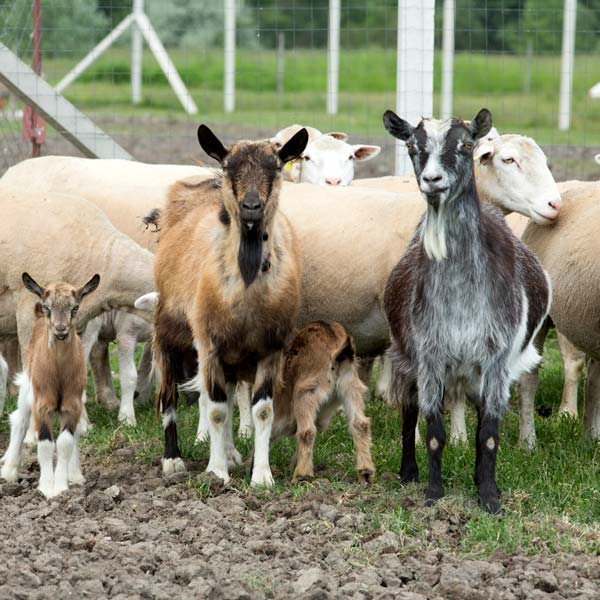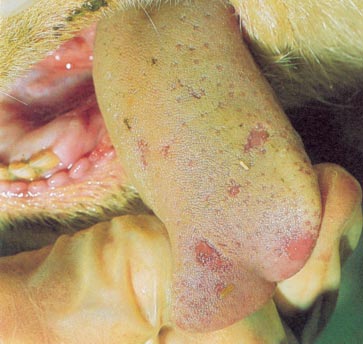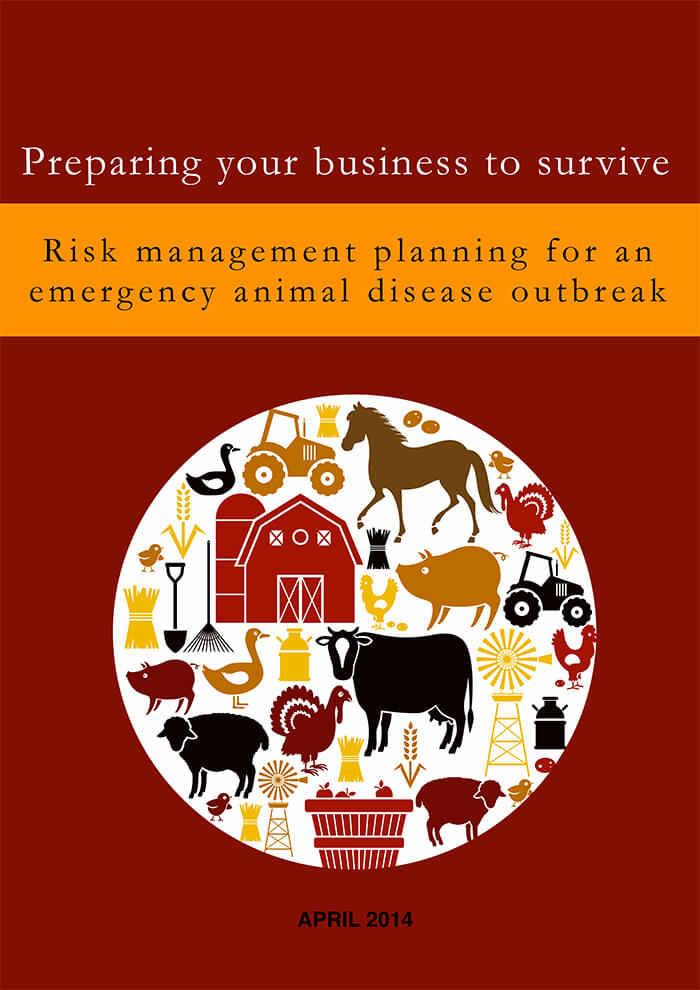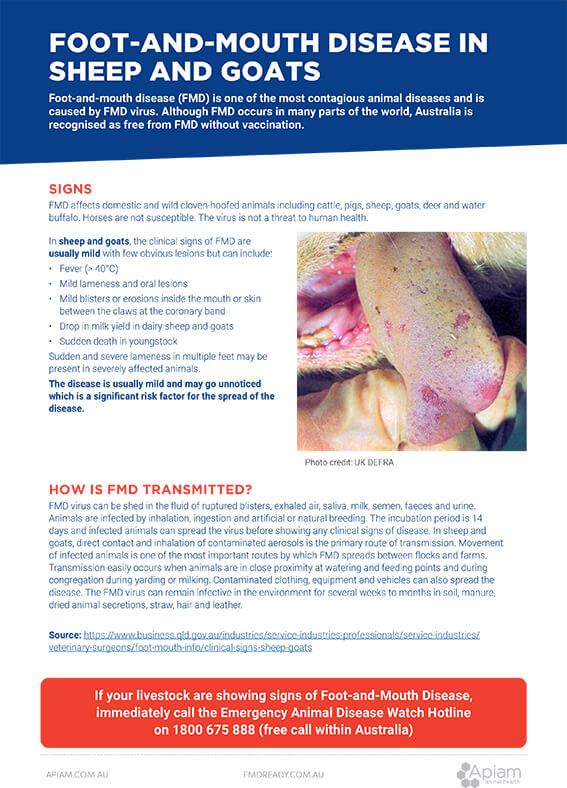Foot-and-Mouth Disease in Sheep & Goats
Foot-and-Mouth Disease (FMD) is one of the most contagious animal diseases and is caused by FMD virus. This is not the same Hand-foot-and-mouth disease (HFMD) in humans. Although FMD occurs in many parts of the world, Australia is recognised as free from FMD without vaccination.
Signs of FMD
FMD affects domestic and wild cloven-hoofed animals including cattle, pigs, sheep, goats, deer, some camelids and water buffalo. Horses and Australian feral camels (dromedaries) are not susceptible. The virus is not a threat to human health.
In sheep and goats, the clinical signs of FMD are usually mild with few obvious lesions but can include:
- Fever (>40°C)
- Mild lameness and oral lesions
- Mild blisters or erosions inside the mouth or skin between the claws at the coronary band
- Drop in milk yield in dairy sheep and goats
- Sudden death in youngstock
Sudden and severe lameness in multiple feet may be present in severely affected animals.
The disease is usually mild and may go unnoticed which is a significant risk factor for the spread of the disease.
How is FMD transmitted?
FMD virus can be shed in the fluid of ruptured blisters, exhaled air, saliva, milk, semen, faeces and urine. Animals are infected by inhalation, ingestion, and artificial or natural breeding. The incubation period is 14 days and infected animals can spread the virus before showing any clinical signs of disease.
In sheep and goats, direct contact and inhalation of contaminated aerosols is the primary route of transmission. Movement of infected animals is one of the most important routes by which FMD spreads between herds and farms.
Transmission easily occurs when animals are in close proximity eg. watering and feeding points and during congregation in the dairy or in stockyards. Contaminated clothing, equipment and vehicles can also spread the disease. The FMD virus can remain infective in the environment for several weeks to months in soil, manure, dried animal secretions, straw, hair and leather.
Source: https://www.business.qld.gov.au/industries/farms-fishing-forestry/agriculture/livestock/animal-welfare/pests-diseases-disorders/foot-mouth
Does Foot-and-Mouth Disease affect Camelids?
The susceptibility of camelids to FMD virus appears to differ between species. Of the Old World camels, the Bactrian camel ie those with two humps appear to be more susceptible to infection, may show signs and could transmit the disease to other susceptible livestock. Dromedaries ie those with one hump and including the Australian feral camel, do not appear to be susceptible to infection and do not become carriers of FMD virus. They are not considered to play a part in the spread of the disease to other susceptible livestock species.
New World camels, which includes llamas, alpacas, vicuna and guanacos can become infected with FMD virus but may show only very mild signs of the disease, if any at all. They do not become carriers of FMD virus and, like dromedaries, do not play a part in transmitting the disease to other susceptible species.
If you have camelids on you property and observe any lesions associated with FMD including blisters/erosions in the mouth or feet, excessive salivation or sudden lameness, contact the Emergency Animal Disease Watch Hotline on 1800 675 888.
Sheep & Goats Biosecurity Resources
Download the Sheep & Goats Biosecurity Resources below
If your livestock are showing signs of Foot-and-Mouth Disease, immediately call the Emergency Animal Disease Watch Hotline on 1800 675 888 (free call within Australia).
VFF Foot-and-Mouth Disease Webinar






